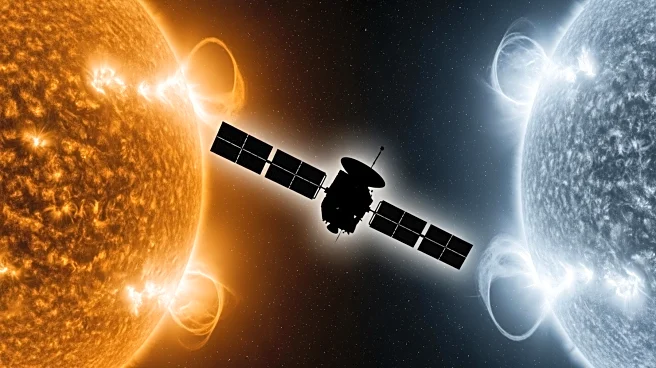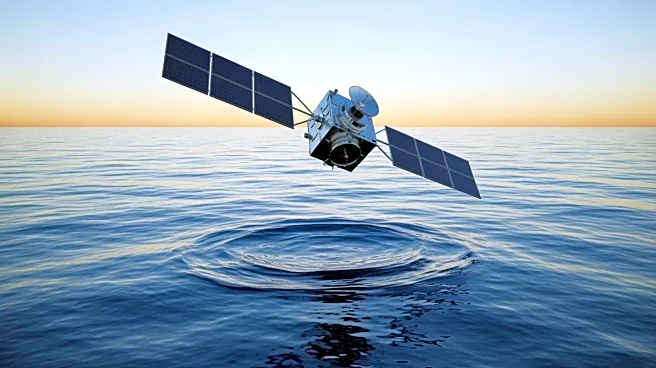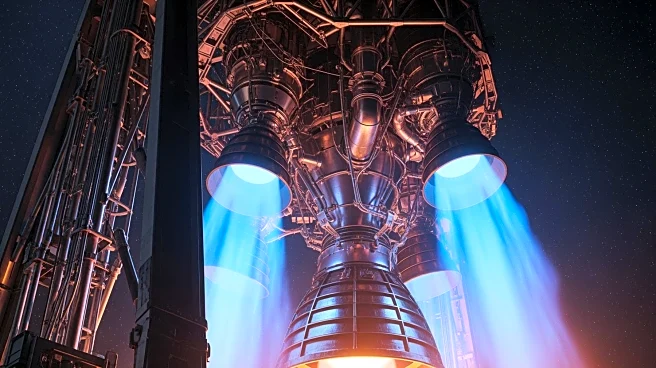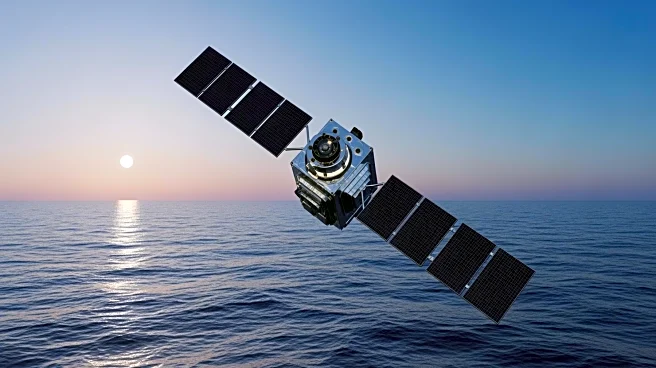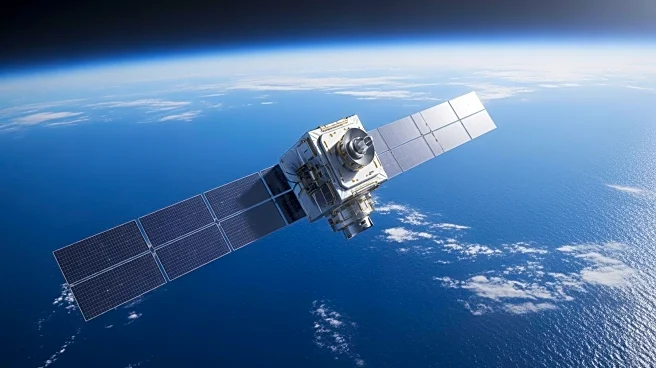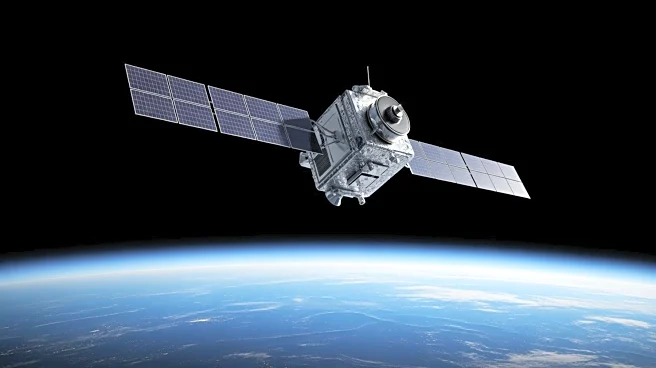What's Happening?
Recent research has highlighted that Starlink's satellite network experiences performance degradation following solar storms. The study, titled 'A Deep Dive into the Impact of Solar Storms on LEO Satellite
Networks,' analyzed four major coronal mass ejections (CMEs) between May and October 2024. These CMEs, which are bursts of charged plasma from the Sun, can disrupt Earth's magnetic fields and radio communications. The solar storms also cause Earth's upper atmosphere to expand slightly, increasing atmospheric drag on low-Earth-orbit satellites like those in Starlink's fleet. In response, Starlink temporarily raises the affected satellites above their nominal altitude, which can lead to a cascading effect of orbital adjustments across neighboring satellites. This process can disrupt satellite links and routing paths, resulting in increased round-trip times and degraded performance. The study found that full stabilization of the orbit often takes 3-4 days, and satellites at high latitudes or those most exposed to the sun during storm peaks are most vulnerable.
Why It's Important?
The findings of this study are significant as they raise questions about the effectiveness of current autonomous constellation management systems during extreme space weather events. Starlink's self-driving algorithms, optimized for normal operations, may inadvertently amplify the impacts of solar storms by triggering chains of orbital adjustments. This is crucial because Starlink and similar satellite broadband services are becoming increasingly important for global internet connectivity, especially in remote areas and disaster zones. Understanding and mitigating the effects of solar storms on satellite networks is essential to ensure reliable communication services. The study suggests that further research is needed to improve the resilience of satellite broadband services against space weather disruptions.
What's Next?
The study's authors recommend continued research into the performance of space broadband services during solar storms. This could involve developing more robust algorithms for autonomous constellation management that can better handle extreme space weather events. Additionally, satellite operators like SpaceX may need to consider alternative strategies for mitigating the effects of solar storms, such as adjusting satellite altitudes or improving communication protocols. As satellite broadband becomes more integral to global connectivity, especially in underserved regions, ensuring its reliability during solar storms will be a priority for industry stakeholders.
Beyond the Headlines
The study also highlights the broader implications of space weather on satellite operations. As the reliance on satellite broadband increases, understanding the vulnerabilities of these systems to solar storms becomes crucial. The research underscores the need for collaboration between satellite operators, researchers, and policymakers to develop strategies that enhance the resilience of satellite networks. This could involve investing in technologies that predict solar storms more accurately or designing satellites that are less susceptible to atmospheric drag. The findings also suggest potential ethical considerations in ensuring equitable access to reliable internet services during space weather disruptions.



